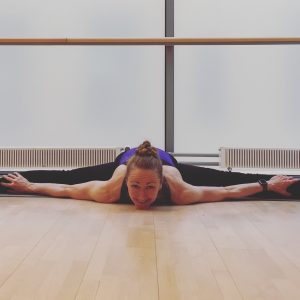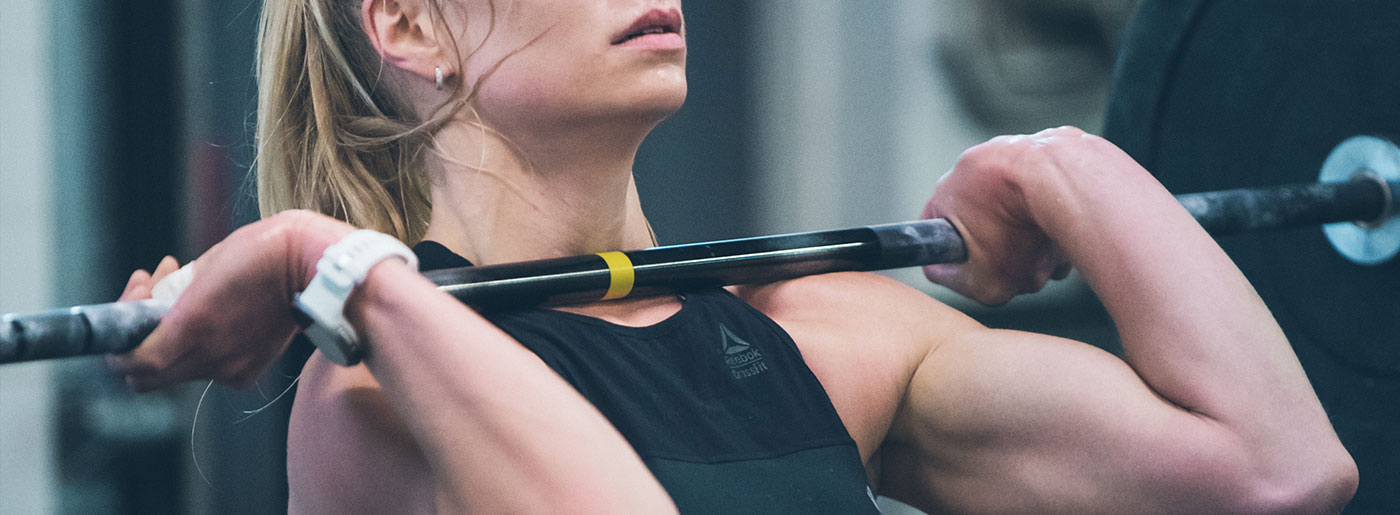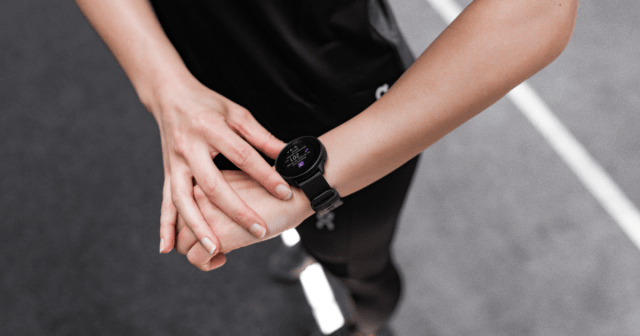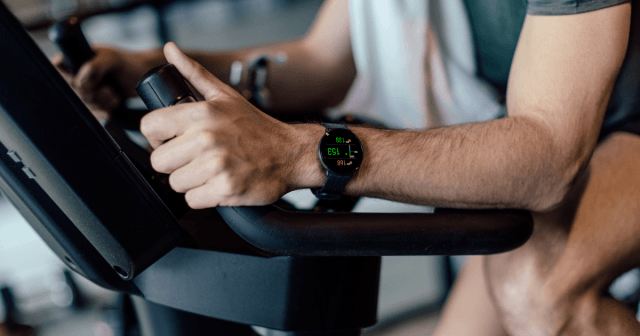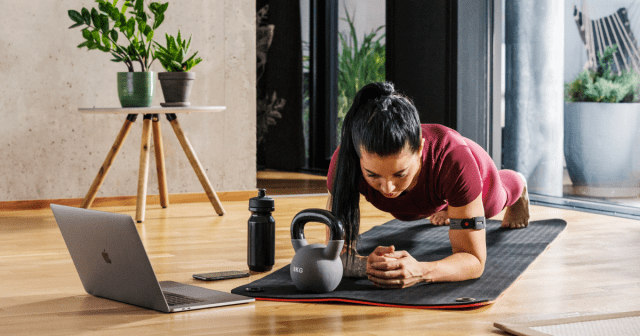Stretching is one of those controversial fitness topics where everyone has their own opinion.
You shouldn’t stretch before lifting weights. You should only do dynamic stretches. Don’t stretch before warming up.
It’s true, you can probably find a coach or fitness blog that will back up your beliefs, further engraining your habits. But can you trust your source? Are you doing more harm than good when it comes to stretching?
To clear up this age-old debate, we turned to fitness instructor Fatima Witick who has taught classical ballet, yoga, Pilates and other workout classes and helped thousands of students throughout her 34 years of experience in the fitness industry.
She argues that stretching is one of the most difficult topics in health and fitness, and if you do what everybody does, you will NOT get it right.
“I have never met a person who really knows and understands stretching — most people think it’s about flexibility,” says Witick. “Flexibility is overrated and not healthy. Stretching is about posture, symmetry, range of motion and about having a functional body. Flexibility just for flexibility is not healthy.”
WHEN should you stretch?
So, should you stretch before or after your workout? Witick argues stretching should not be used as a warm-up, but rather as a recovery method after most workouts.
“You shouldn’t stretch as a warm-up, especially not static stretches. Warming up should be about movement and preparing the body for the workout you’re about to start,” says Witick.
After a workout is an excellent time to stretch.
“After a workout is an excellent time to stretch because the body is warm, but make the stretches quite short, about 10 to 20 seconds. The best way is to do movements like mobility stretches or dynamic stretches. Again, I would not recommend static stretches.”
There are, however, exceptions to this rule. If you’ve just completed a tough workout, Witick advises to do a relaxing cool-down instead of stretching, and push back stretching until two or three days afterwards when your muscles have recovered.
“The same goes for if you’ve just run a marathon, if your legs are super sore, let them rest and recover and start stretching after they feel more normal,” she says. “Also, if you need power and speed for what you’re about to do in the gym, don’t do deep stretches before. Warm up so you can move with power and speed.”
WHAT should you stretch?
Now that we know when to stretch, which body parts should you focus on? Obviously, everyone’s needs are different, but Witick sums up some basic stretching guidelines as follows:
Hips
- Extend the hips using buttocks. Stiff hips cause most spinal injuries and knee injuries. Stretch your hips.
- Learn to fold the hips — that is how to activate, strengthen and use the hip flexors.
Quads
- Quads need a lot of stretching — stretch them every day! When stretching your quads, you need to learn how to extend your hips using your buttocks.
Glutes
- Glutes need many different stretches.
Back and spine
- The spine needs movement — lengthening, bending and rotation.
- The side of the torso needs lengthening, so stretching the sides by reaching up and over is important.
- The lower back needs very specific stretching, and these stretches are done with side bends, not forward bends.
Shoulders
- You need to open the shoulders and learn to move the arms so the shoulder girdle stays functional. The shoulder girdle is the “pelvis” of the arms, so you’re your arms up and extend in every direction.
- Hanging passively is a good way to stretch the arms and shoulders while lengthening the spine.
HOW should you stretch?
Overall, power, strength, posture, symmetry and range of motion keeps the body healthy. Stretching with intention keeps these qualities in mind, but Witick reiterates it’s all-too-easy to stretch with incorrect form or pick the wrong stretch in general.
“For example, if you don’t have space in pelvis and hips, you won’t benefit at all from any hamstring stretches. I say constantly: when you feel like you should stretch your hamstrings, stretch your quads instead! This works. And most people don’t believe me when I say this, but if you try it this way, and you learn to do a quality quad stretch, you will feel the difference,” she says.
“Another common problem is constantly stretching the neck — most people have really bad posture so their neck needs strengthening, not stretching. You need to improve posture, so learn to extend your hips and lengthen your spine so you can carry your head above the body.”
Stretching is individual but one secret applies to everyone
Witick emphasizes that when it comes down to it, stretching is individual. It depends on your body type, with stiff people needing the most attention. But besides active stretches and finding a good teacher, the final secret lies in the hips.
“When you have pain, any pain and anywhere, start with the hips,” says Witick. “When the hips are extended, you will improve the body’s alignment so you are straight, and this helps everything.”
If you want to start doing a stretch (or several) a day and get more stretching tips, follow Fatima on Instagram.
If you liked this post, don’t forget to share so that others can find it, too.
Or give it a thumbs up!
I like this article
Please note that the information provided in the Polar Blog articles cannot replace individual advice from health professionals. Please consult your physician before starting a new fitness program.

